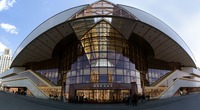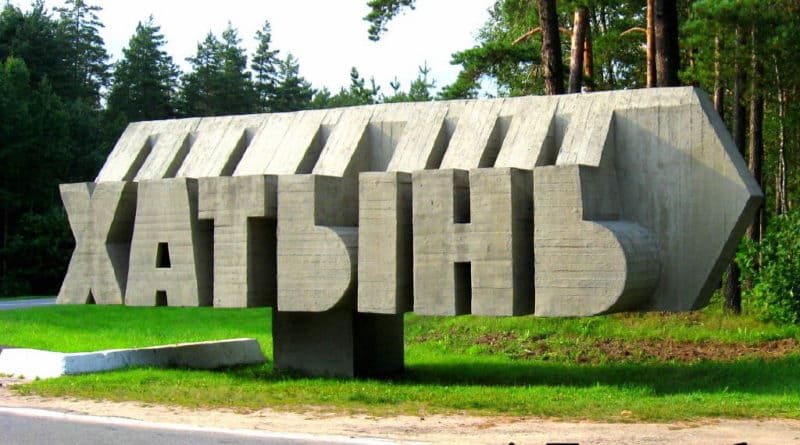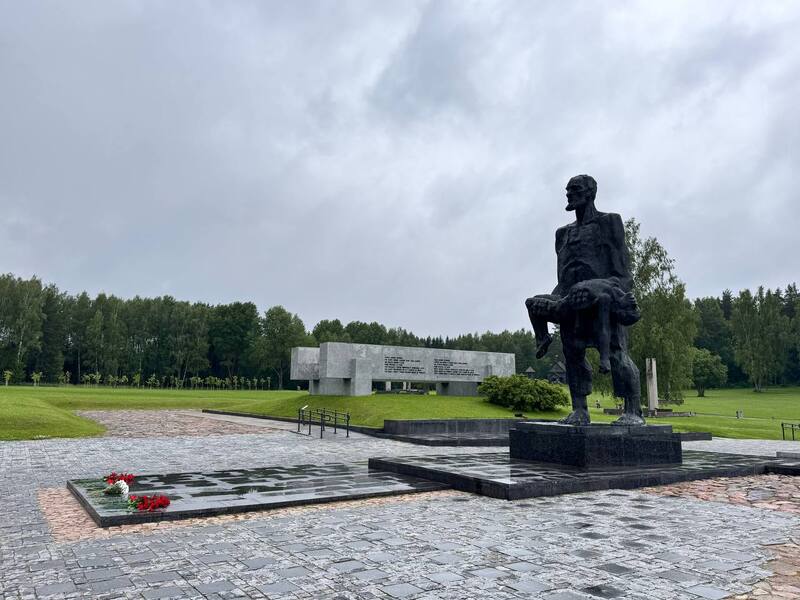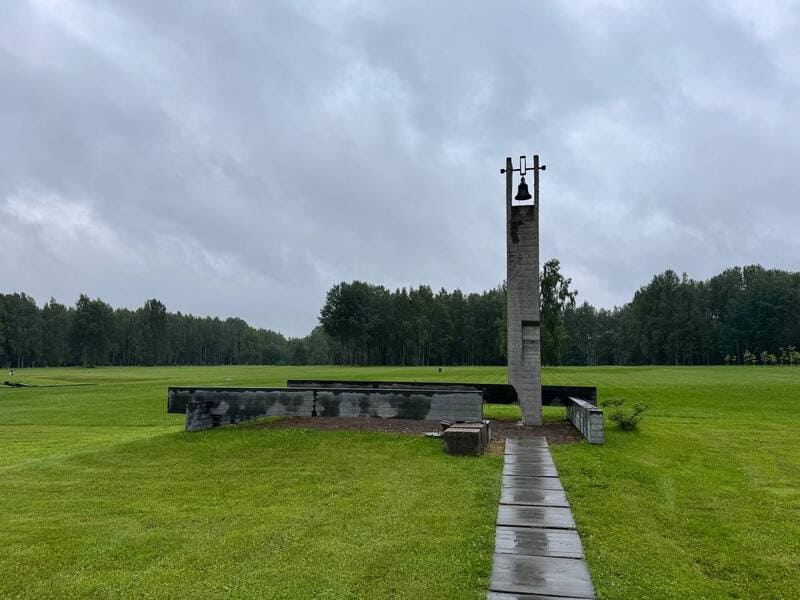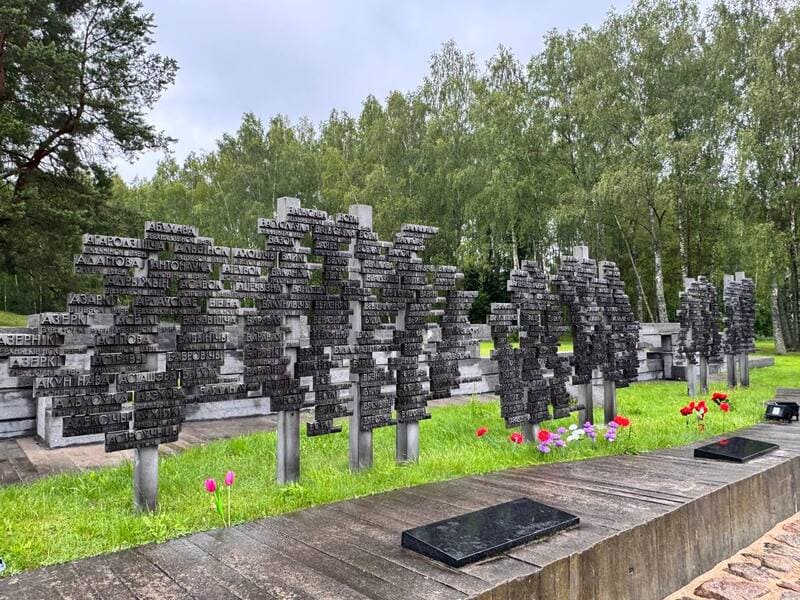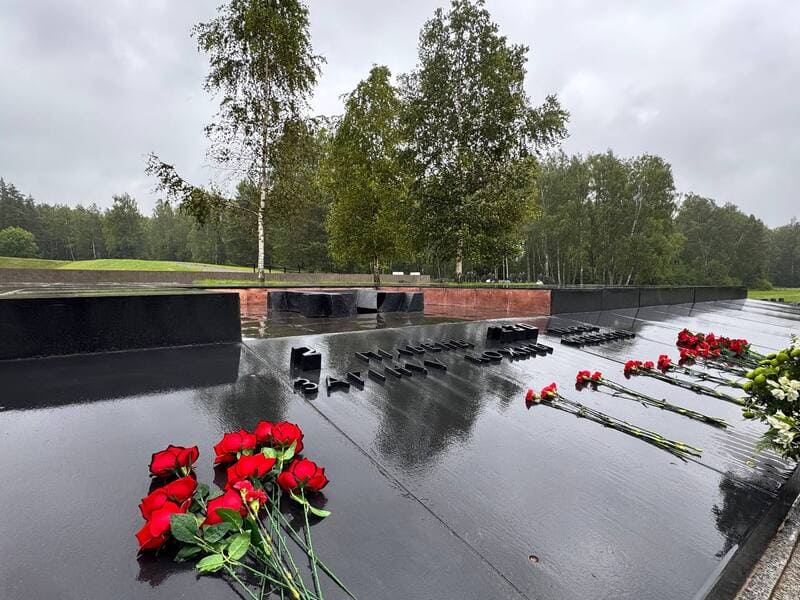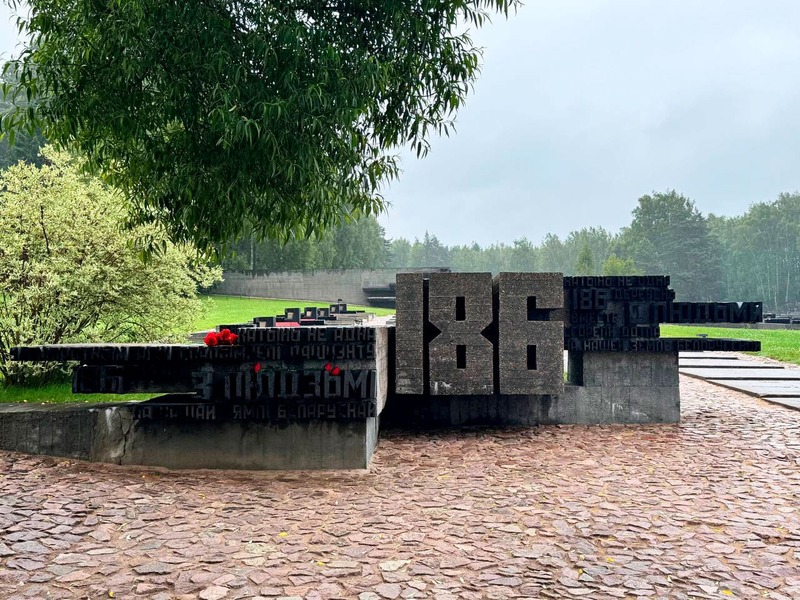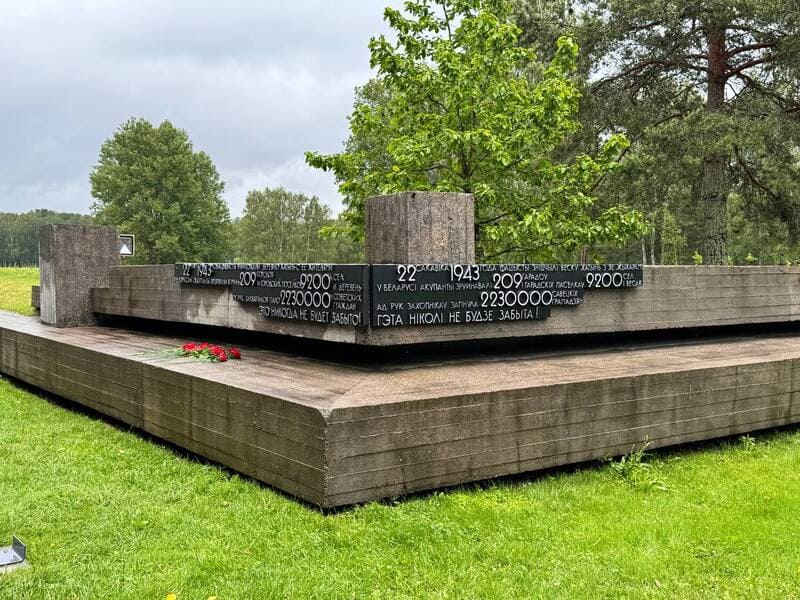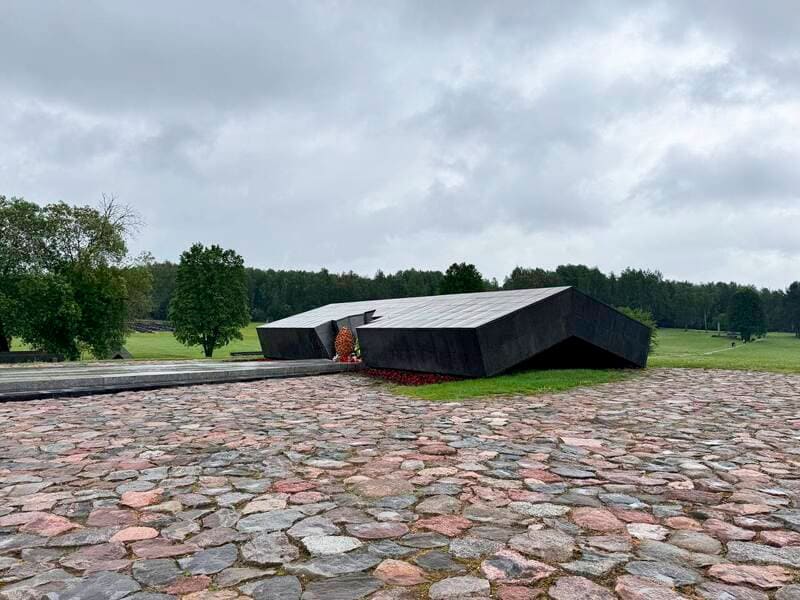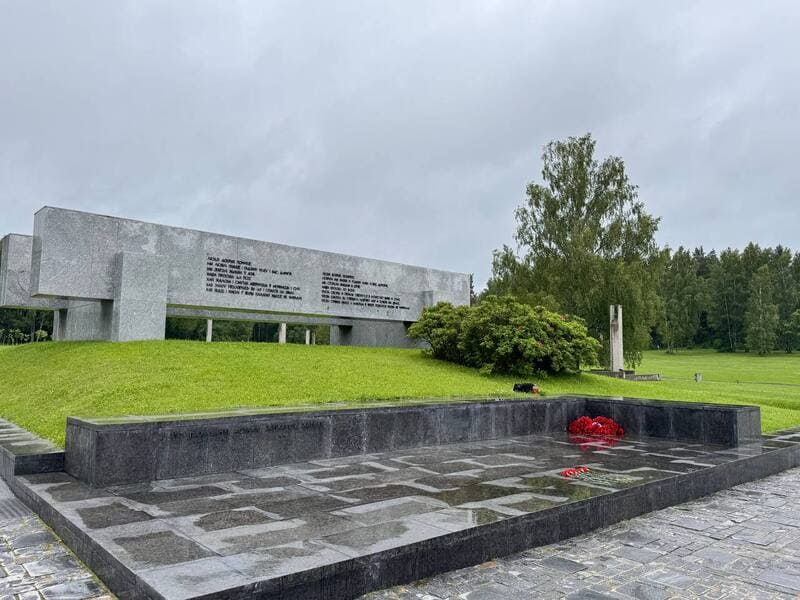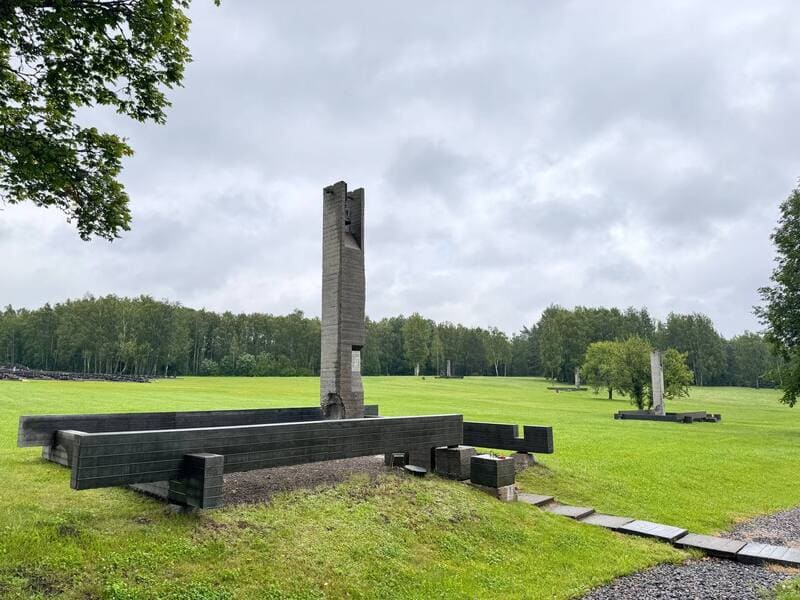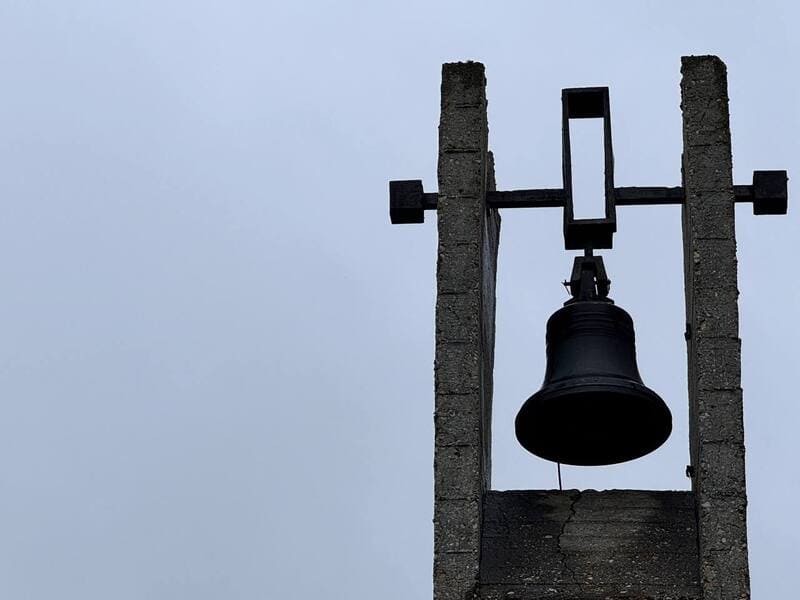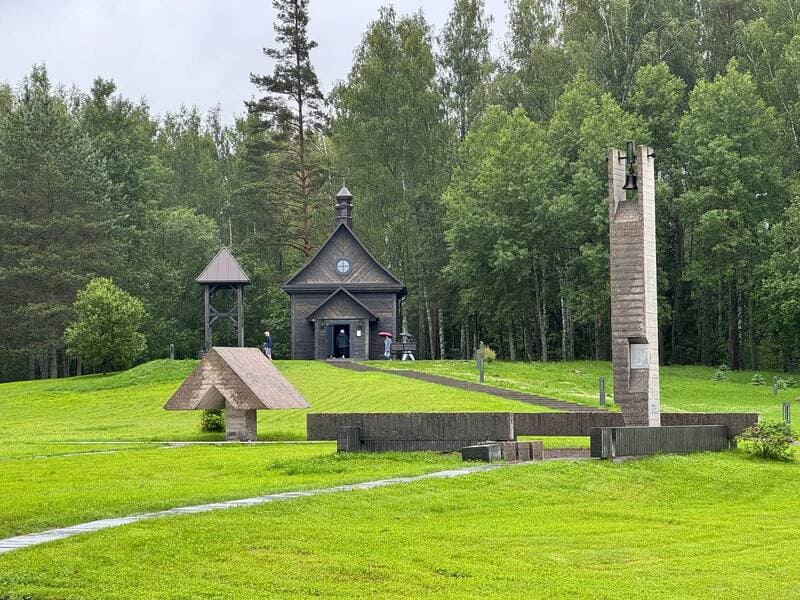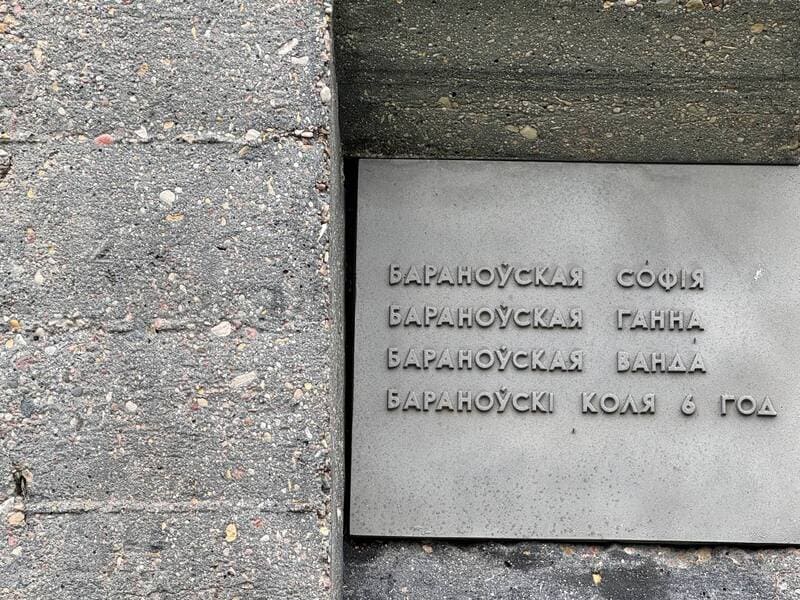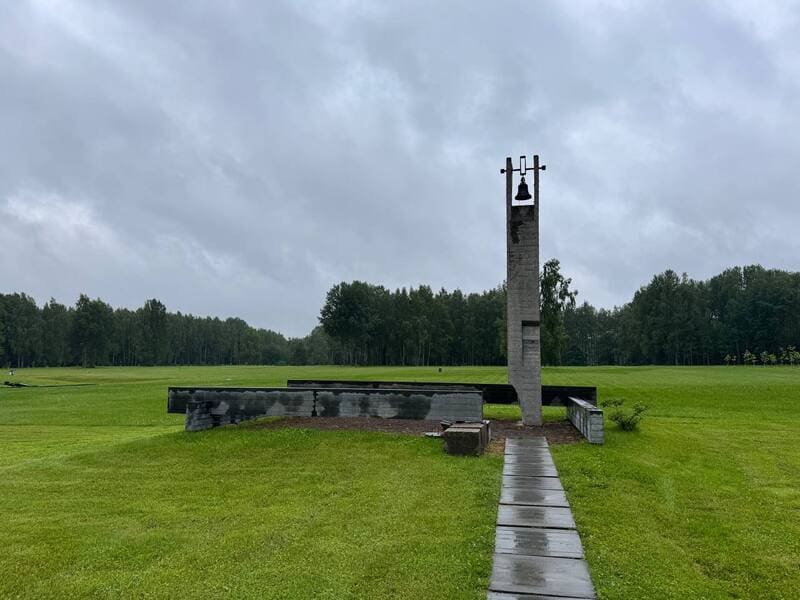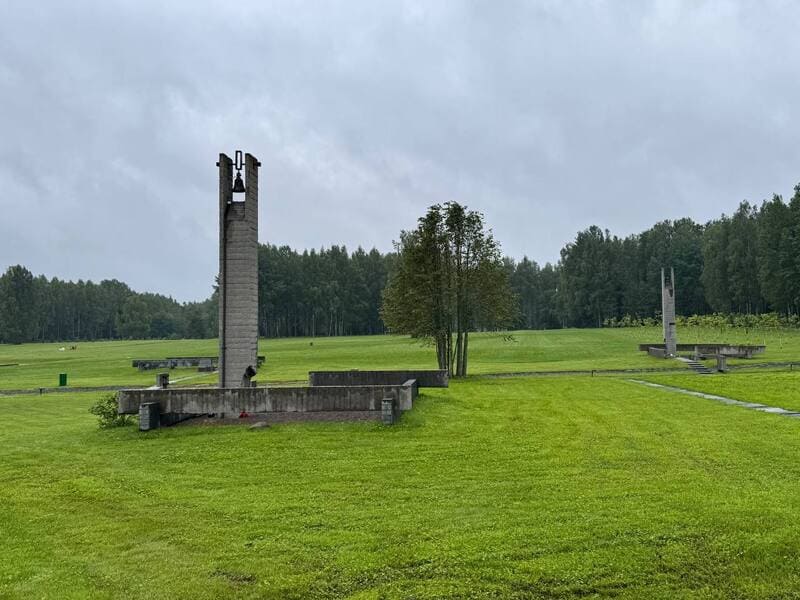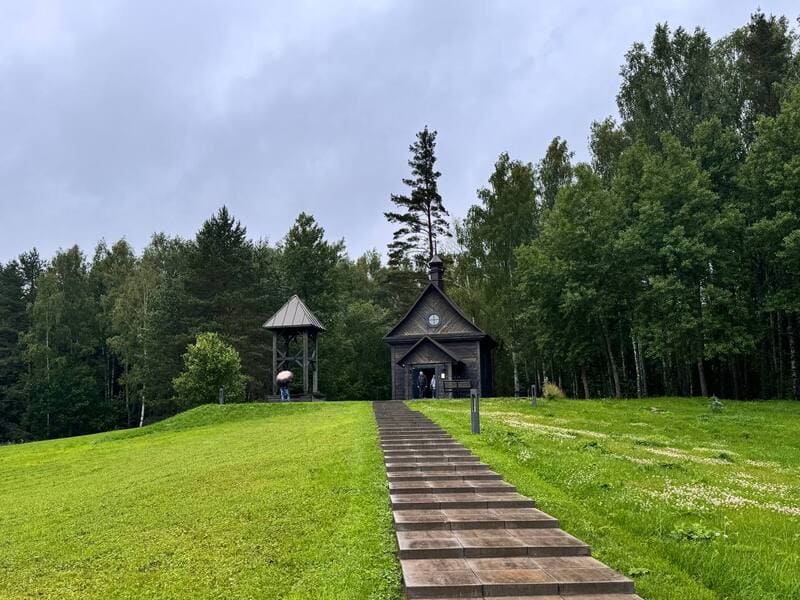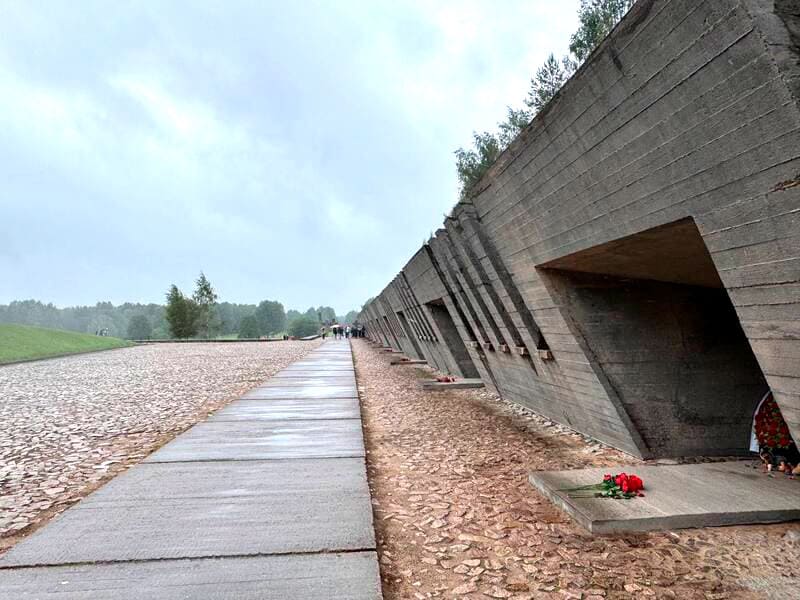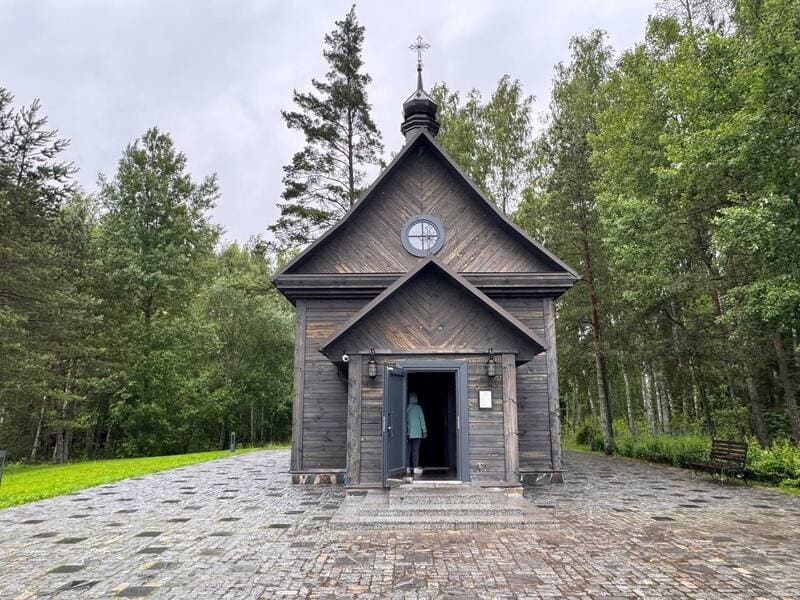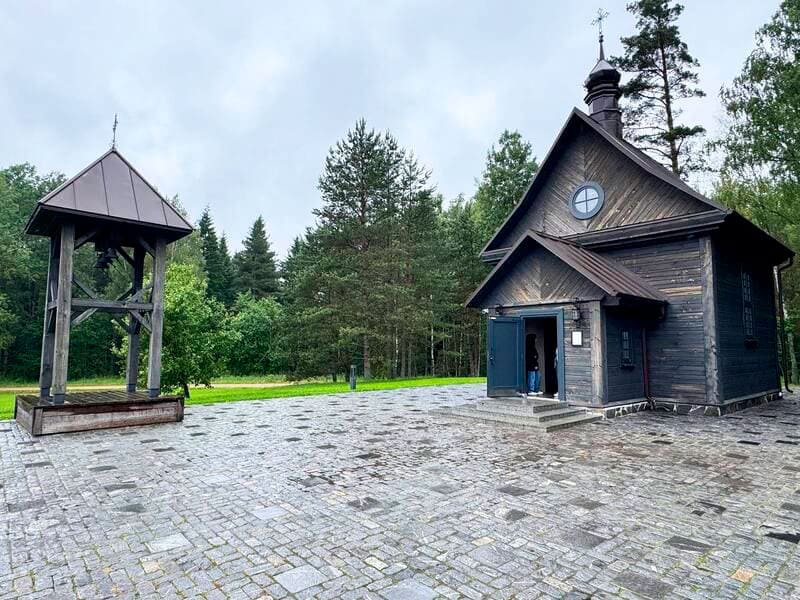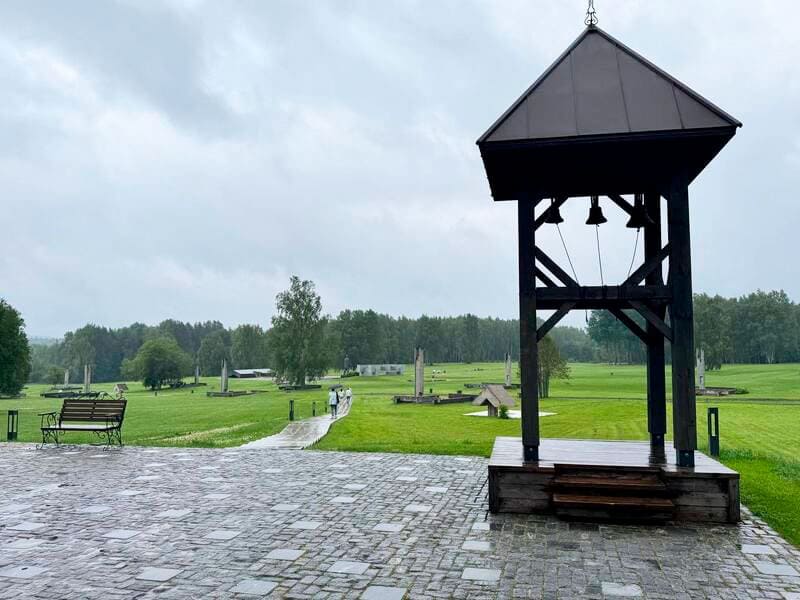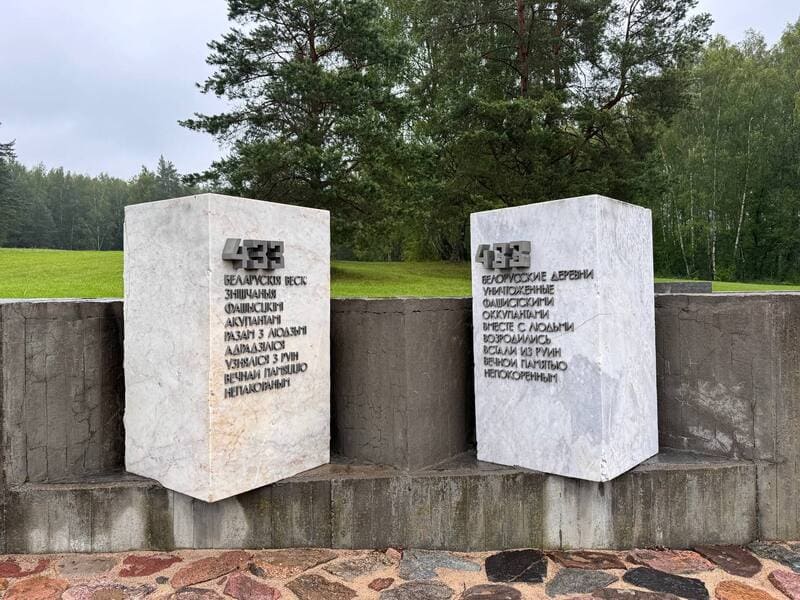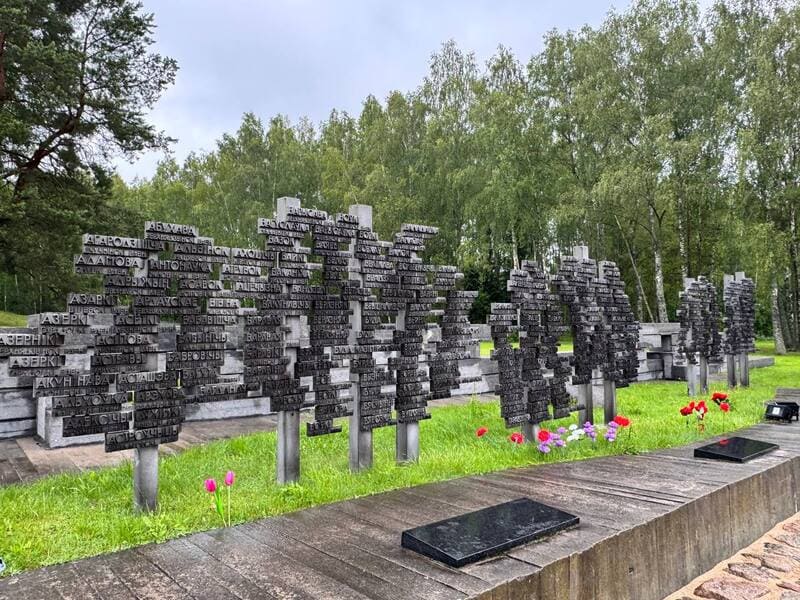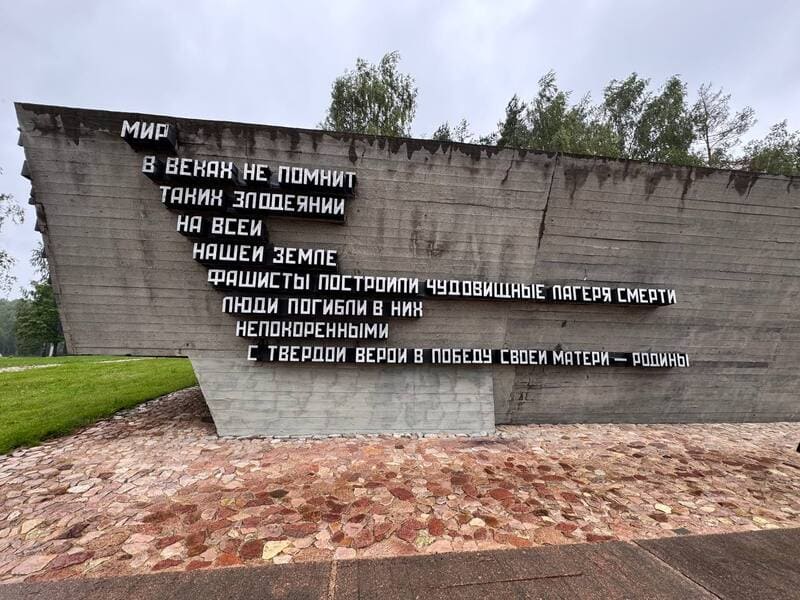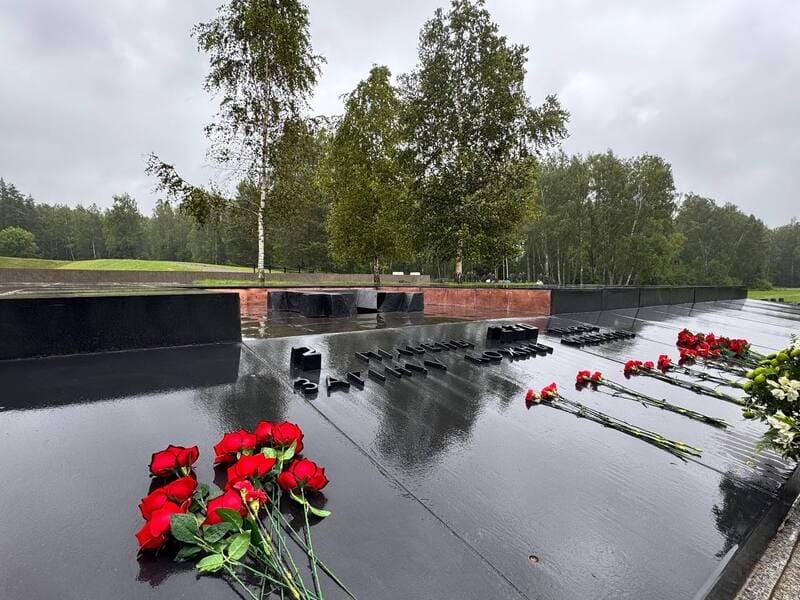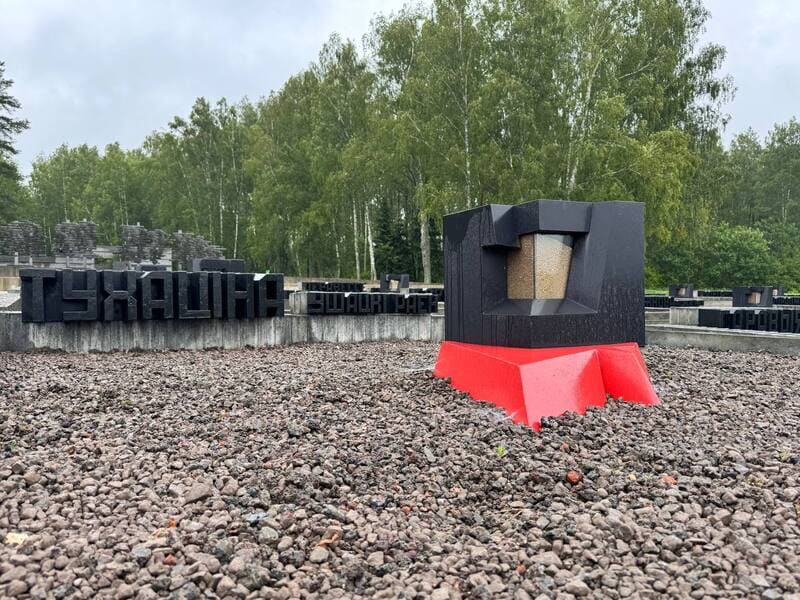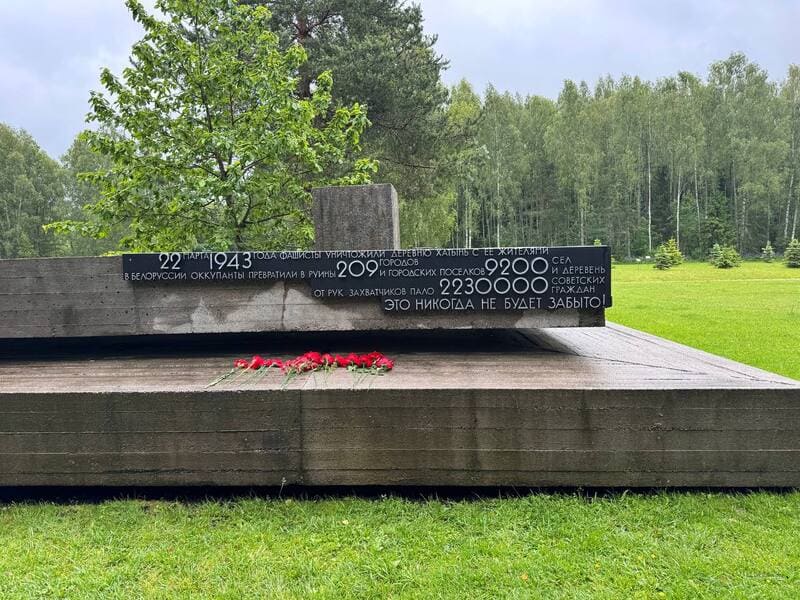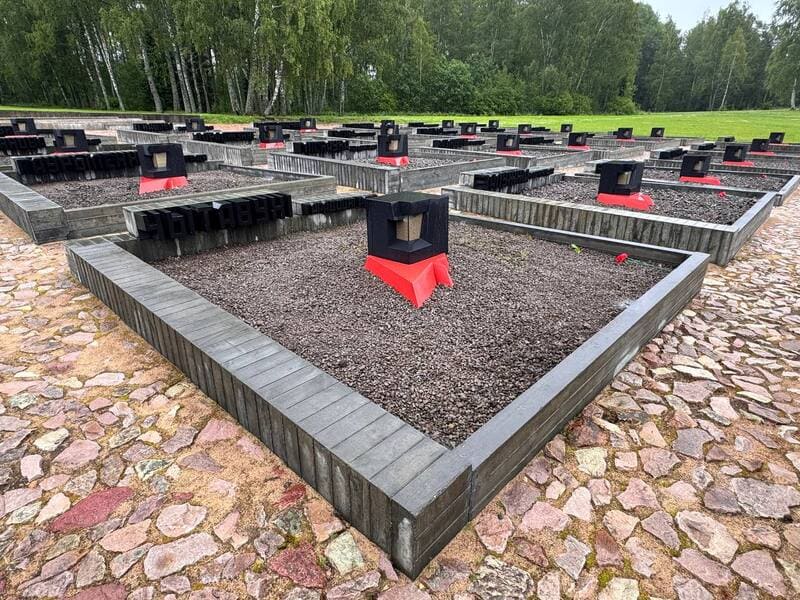The tragic history of the village of Khatyn

Khatyn is a small Belarusian village whose name has become a symbol of the ruthlessness of the Nazi occupiers and the suffering of the civilian population during the Great Patriotic War. This is not just a historical fact, but a deep wound in the memory of peoples, reminding us of the monstrous crimes against humanity.
1943 was one of the hardest years for the occupied territories of Belarus. The partisan movement was gaining strength, and the occupiers responded with brutal punitive operations.
On the morning of March 22, 1943, a detachment of Belarusian collaborators, as well as SS men from the SS Dirlewanger Battalion, who were conducting the anti-partisan operation Winter Magic, clashed with partisans near Khatyn. As a result of the shootout, a German officer was killed. In response, the occupiers decided to wipe Khatyn off the face of the earth.
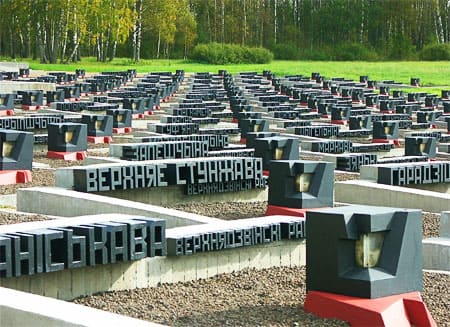
All the villagers, from infants to the very old, were herded into a wooden barn. Those who tried to escape were shot on the spot. The barn was then lined with straw and set on fire. The screams and groans of the people trapped inside merged with the crackling of the burning wood. The fire consumed everything, leaving no chance for salvation. Only a few children and one adult, Iosif Kaminsky, miraculously managed to survive, but they also suffered terrible burns and injuries.
After the destruction of Khatyn, the punitive forces continued their bloody path, burning other villages. The tragedy of Khatyn was not an isolated case. Similar atrocities were committed throughout Belarus, where over 9,200 villages were destroyed during the years of occupation, 619 of them with all or part of the population.
In the post-war years, Khatyn became a memorial complex perpetuating the memory of the victims of Nazism. Here is the world's only "Cemetery of Villages" - symbolic urns with soil from 185 burned villages that were never rebuilt. The bells of Khatyn, ringing over this mournful place, remind the whole world of the inadmissibility of repeating such events.
